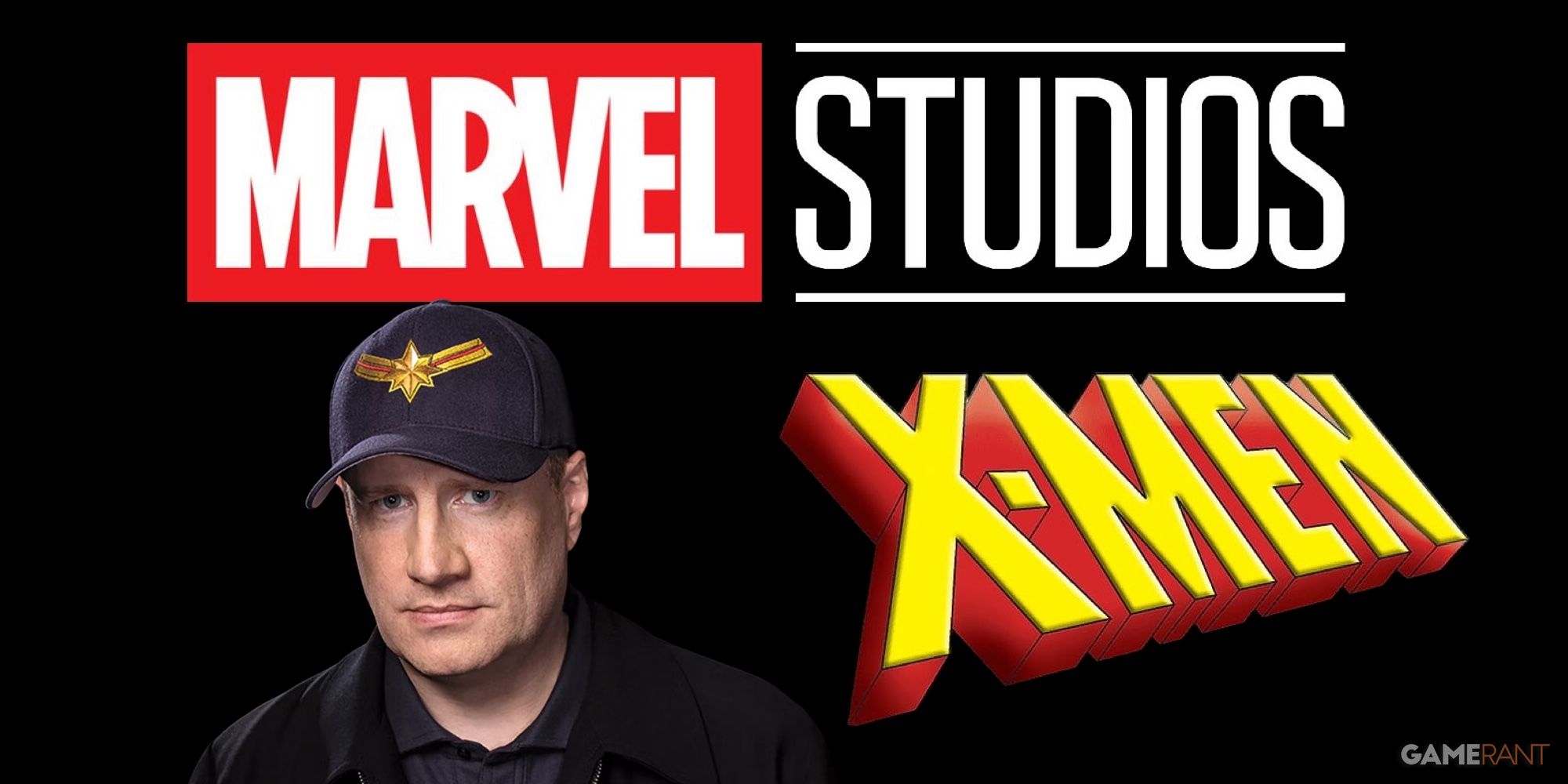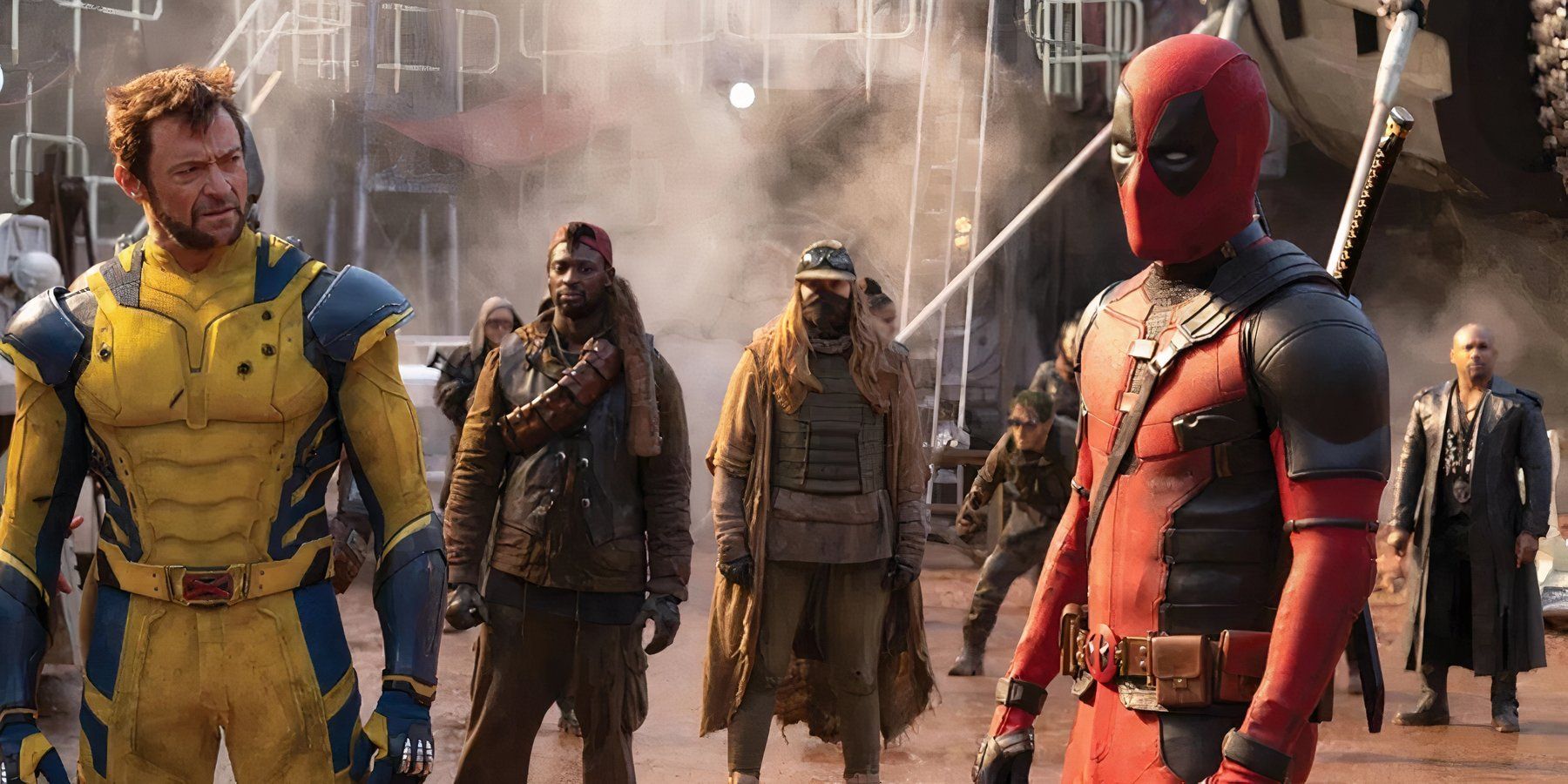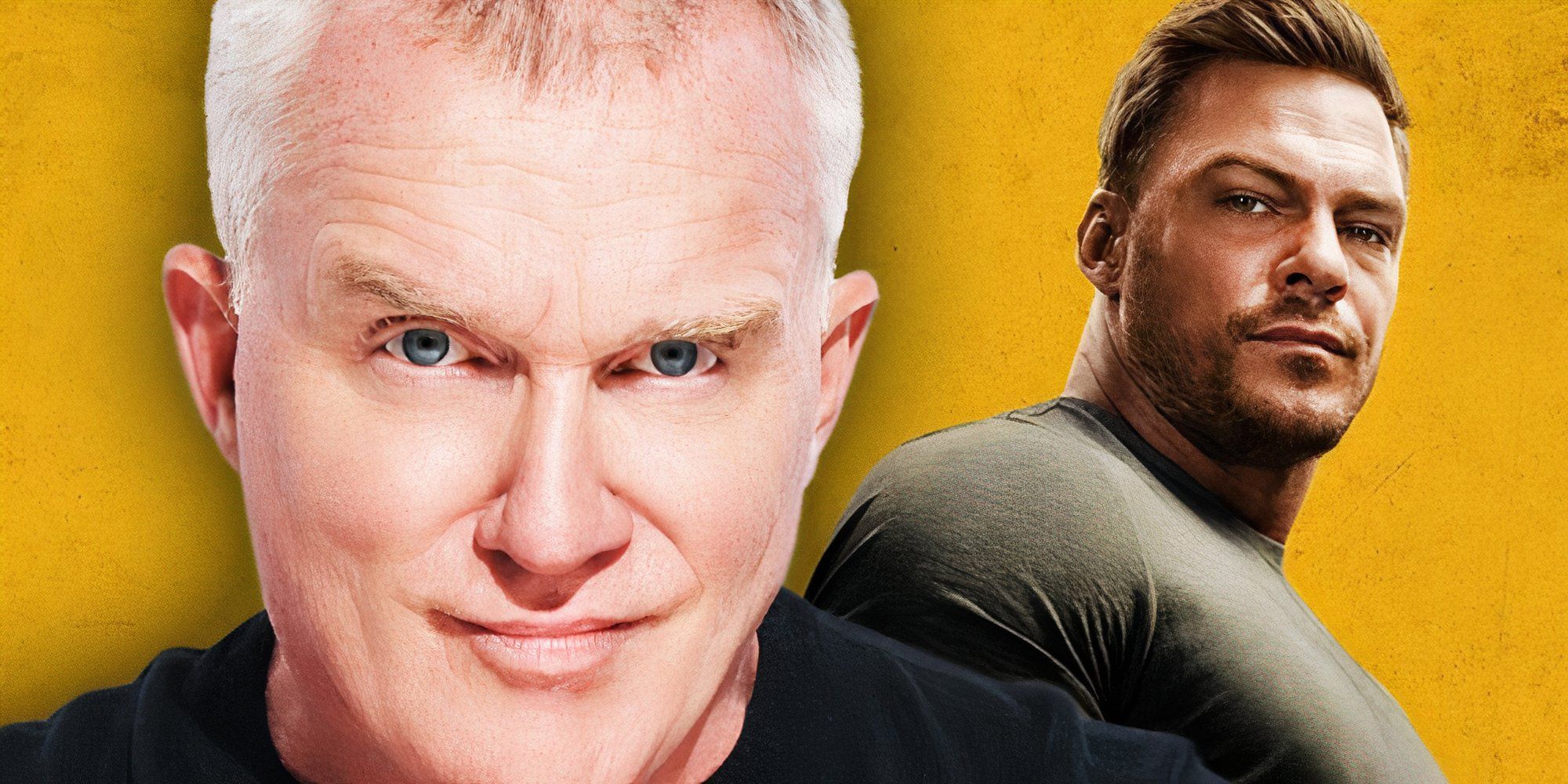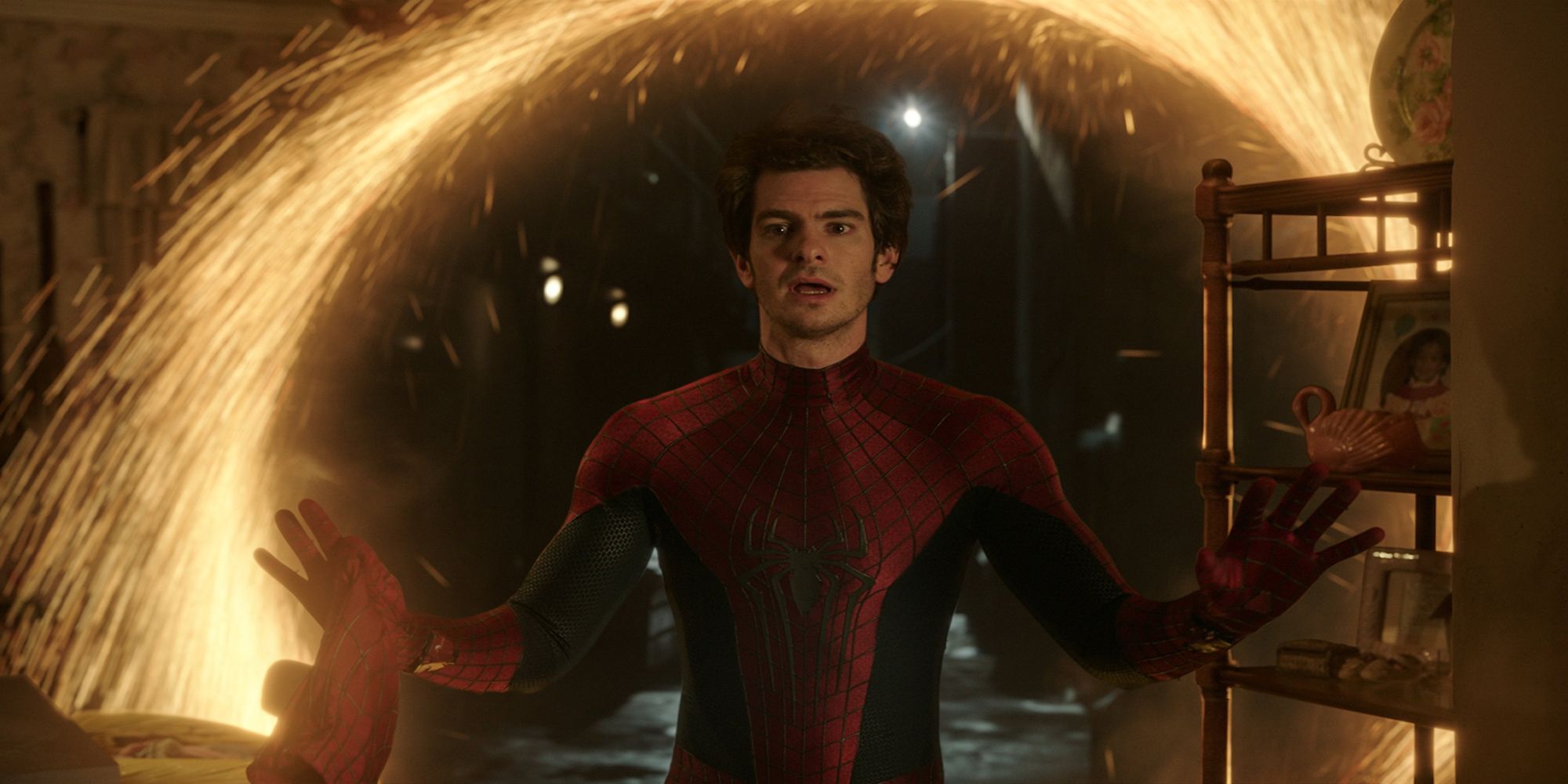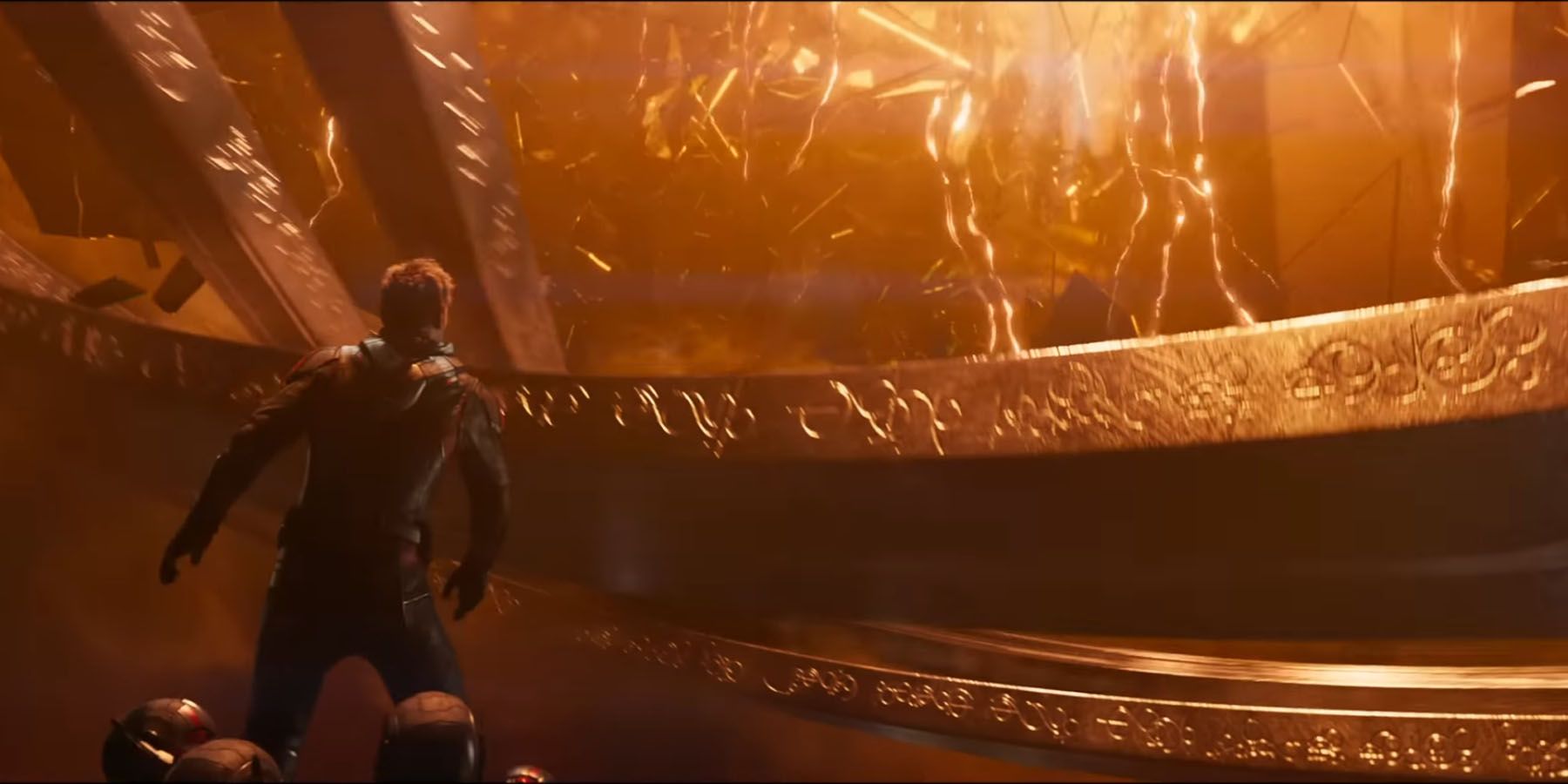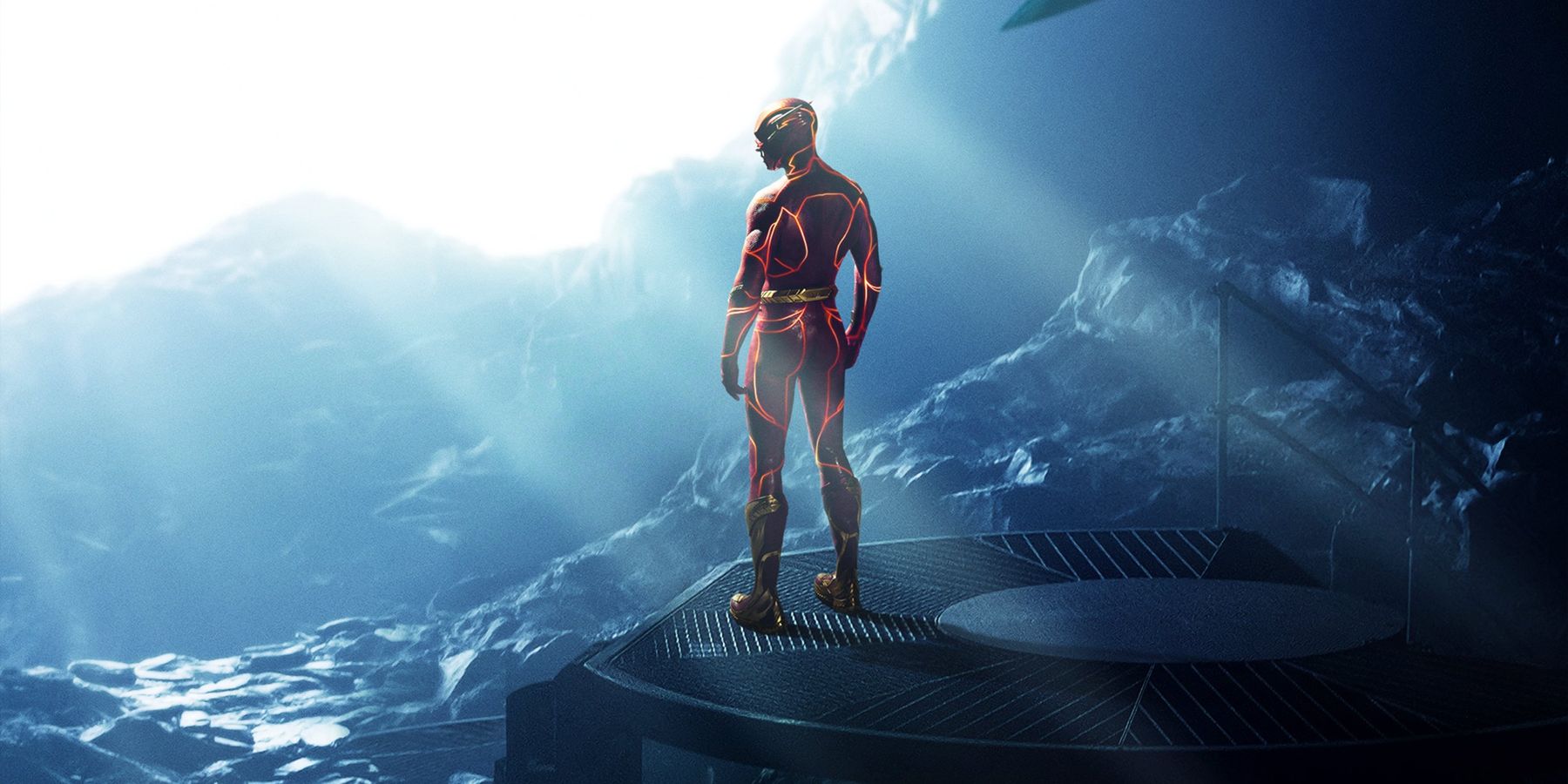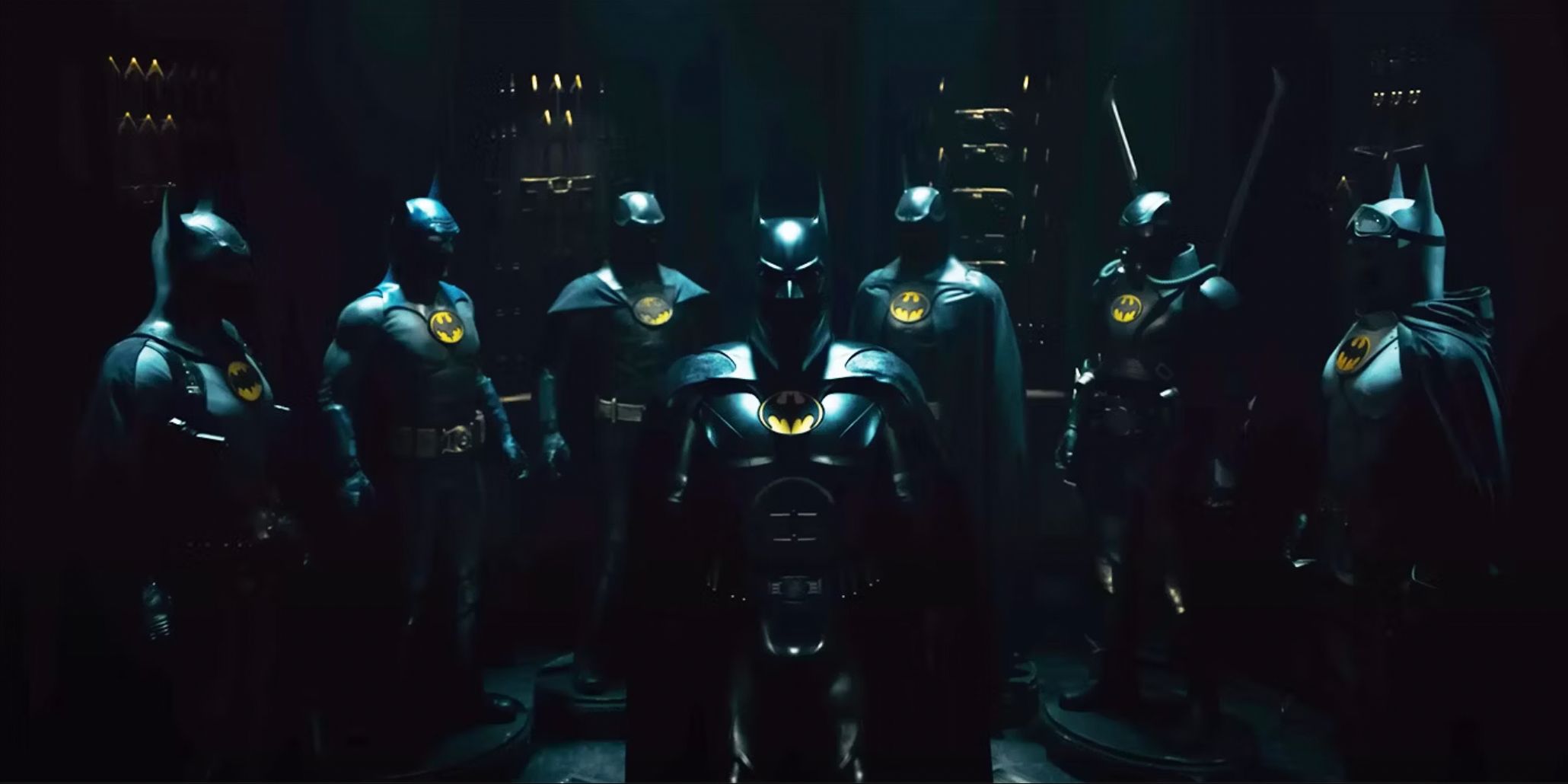When the multiverse concept was first explained in Doctor Strange, it seemed simple enough. With the idea that there are infinite parallel universes, dabbling in this storytelling format seemed to lead to limitless possibilities. As different iterations of superheroes are all merged together in a single timeline, comic book movies had the opportunity to explore the dynamics of each characterization, showcasing what makes them unique while other versions of them exist across the multiverse.
Instead, the multiverse provided the corporate overlords an excuse to import or resurrect characters from multiple franchises to just host a reunion special, using them as crutches for stabilizing their own universe. The result has been a cosmic disaster, where the lack of coherence and consequences in the narrative are justified by how ‘anything goes’ in the multiverse.
Multiverses Are Just Confusing General Audiences
It is not as if the multiverse concept has not been successful at all; Sony’s Oscar-winning Spider-Man: Into the Spider-Verse used it to great effect, with Miles Morales joining forces with Spider-people of other universes, from Peter Parker to Spider-Ham, to save his universe from Kingpin. While his origin story is familiar, the film never strays from the character’s own coming-of-age narrative. Its sequel, Spider-Man: Across the Spider-Verse, continues to portray Miles as a distinctive character in the Spider-Society, plus the references to other versions of the superhero do not seem forced either.
The films’ resounding success led to Marvel Studios and DC Studios also incorporating multiverse storylines in their content. Phases 4 through 6 of the MCU are literally dubbed ‘the Multiverse Saga’, and the DCEU formally introduced its multiverse era in The Flash. However, they have learned the wrong lesson: rather than adding value to the storyline, the multiverse formula has been used to create nonsensical plot lines, with the endless divergent paths going nowhere in particular.
MCU was not the first to deploy the crossover strategy, but it was the first to tap into it on such a large scale. While the journey to the Avengers: Endgame was decade-long, the audience was given a clear direction to where they were headed. The standalone films were also neatly connected together to set the stage for the battle against Thanos. This natural progression is missing in the Multiverse Saga. Kevin Feige, the president of Marvel Studios, has stated that those who want to keep up with the new twists and turns need to be well-versed in both the TV shows and films. This is why anyone who was not familiar with WandaVision was most likely confused by the events of Doctor Strange in the Multiverse of Madness. Similarly, Ant-Man and the Wasp: Quantumania, which was meant to provide a deeper understanding of the multiverse, relied heavily on the story of Loki. While Spider-Man: No Way Home executed the idea much clearly, it has so far been the only successful one to do so.
Even though it is known that the Multiverse Saga will conclude in Phase 6 with Avengers: Secret Wars, very little is being offered to guide the audience towards that direction. As the characters abandon one reality for another, and the connection between them gets more and more shallow, their stories seem to be reduced to just a head-trip of the dizzying infinity.
While DC shows like Arrow and Legends of Tomorrow have already tinkered with the multiverse, the concept is still in its infancy when it comes to the films. The Flash has not been a solid start in this regard, uniting many plot lines to result in a convoluted mess. Even though it was clever for the DCEU to differentiate its multiverse — where the tangled timelines are more like “intersectional inevitabilities” — from Marvel’s, it is still wearying and hard to follow. With DC already trying to find its footing in terms of better execution, along with the general confusion about which of its movies exist in a single cinematic universe, multiverse-hopping will only cause more complications. The Arrowverse actually destroyed its sprawling multiverse in the Crisis on Infinite Earths to tie up loose ends and simplify the story. If the idea could not be translated effectively in long-form storytelling, DC is most likely to fumble through its intricacies on the big screen.
Recasting a Role Has to Be Canon Now
The multiverse trend has also led to a few characters from previous adaptations appearing in the new ones, and being officially made canon. This narrative clause allows the franchise to easily replace its stars whenever it sees fit. Depending on the contract terms, the recasting canon has provided an escape route for Marvel and DC to drop an actor to change the plot, cover up any loopholes, or just disassociate with someone who has been now condemned by the public. This clever fix allows them to move ahead with the story without ruining the character’s development.
However, regardless of what the circumstances are and whether it is part of canon, it is still jarring to see multiple versions of the same character in the same storyline. Not only does the multiverse allow this to happen more frequently, it inadvertently makes fans distance themselves from the character that has been swapped out, as well as the brand as a whole. After all, if their identities can be taken away at will at any moment, why would anyone care?
Multiverse Movies Aren’t Built for Rewatching
Although nostalgia baiting is nothing new in cinema, superhero films have used the multiverse as a justification to bombard the audience with cameos of old favorites from a bygone era as a box office stunt. With both Ben Affleck and Michael Keaton reprising the role of Batman in The Flash, and even the firewall between the MCU and X-Men breaking down in the latest Doctor Strange installment, the dependence on familiar faces from the entire superhero macro-verse has resulted in audience fatigue. Opening up portals does not add to the plot anymore; it lets disconnected adaptations take the front stage together without any solid explanation for how they got there. For example, Ezra Miller’s Barry Allen was a last-minute addition to Crisis on Infinite Earths only for the fun of it, rather than any actual story development.
In addition to just being a cheap gimmick, this also disrupts character development. When explaining the multiverse concept in Spider-Man: No Way Home, Doctor Strange’s character came off so negative that the internet theorized that he is actually Mephisto.
If a dead character can also be plucked out of an alternate reality for a special appearance in another, it undermines their heroic sacrifice and ruins the sense of credibility or permanence in the bigger picture. There is no reason why fans should have any emotional attachment to a character if there is going to be another version popping up in another dimension soon.
With Across the Spider-Verse also hinting at a potential crossover, it seems that, no matter how ludicrous, everything happens somewhere in the multiverse — possibly even George Clooney’s Batman making a comeback.

